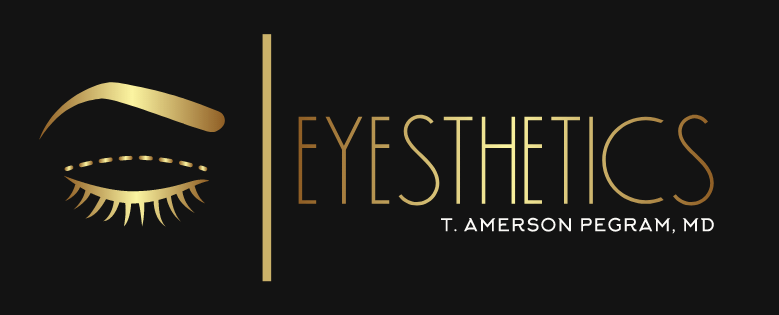FaceTite
About FaceTite
FaceTite is a cosmetic procedure that targets sagging skin and wrinkles, primarily on the lower half of your face. FaceTite is the first FDA-approved device of its kind, using radiofrequency energy to simultaneously heat the internal and external tissues. This minimally invasive technique tightens the skin, melts the fat, and stimulates the production of new collagen for optimal skin contour after the procedure.
FaceTite combines both fat reduction and skin tightening techniques to help contour the face for a more toned, youthful appearance. The procedure requires few incisions, and it involves the use of radiofrequency waves and liposuction in a small device. A
FaceTite procedure is just one alternative available to a traditional facelift. It is safe and effective, performed in-office without the need of surgery centers or hospital stays. Only few small incisions are made.
Book your consultation to discuss how FaceTite can benefit you.

Before & After FaceTite

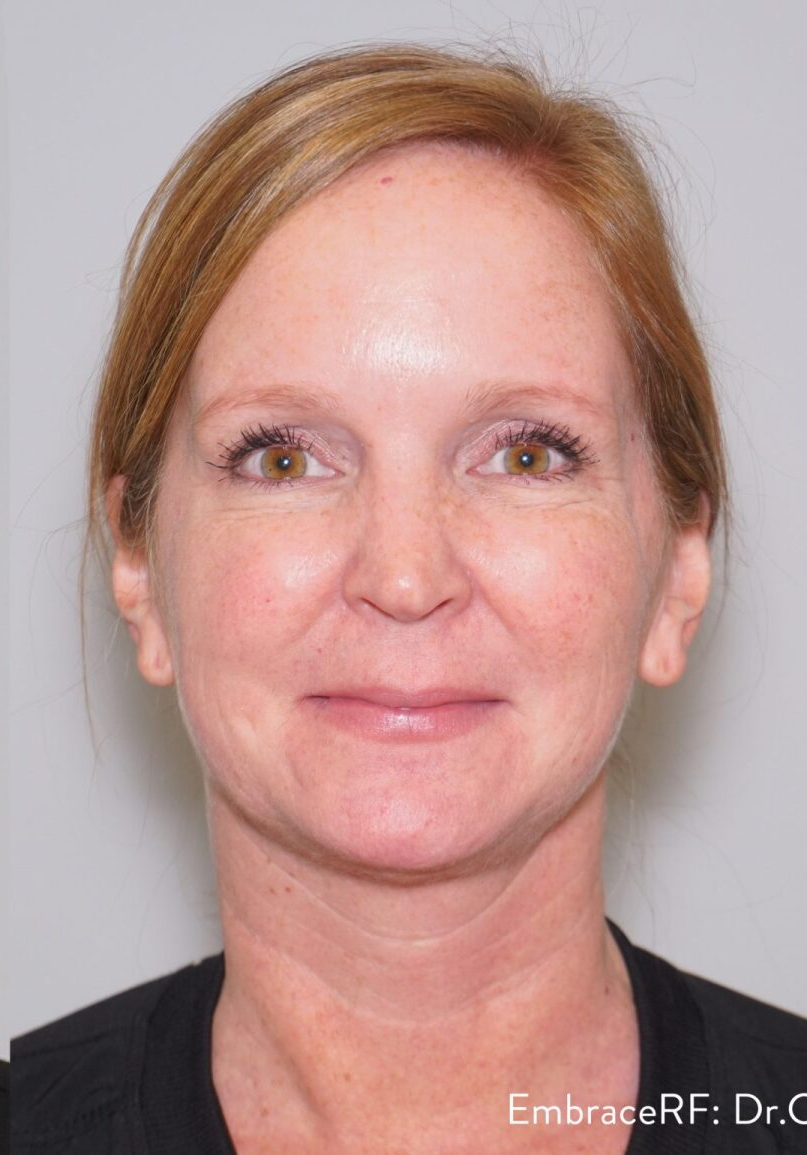
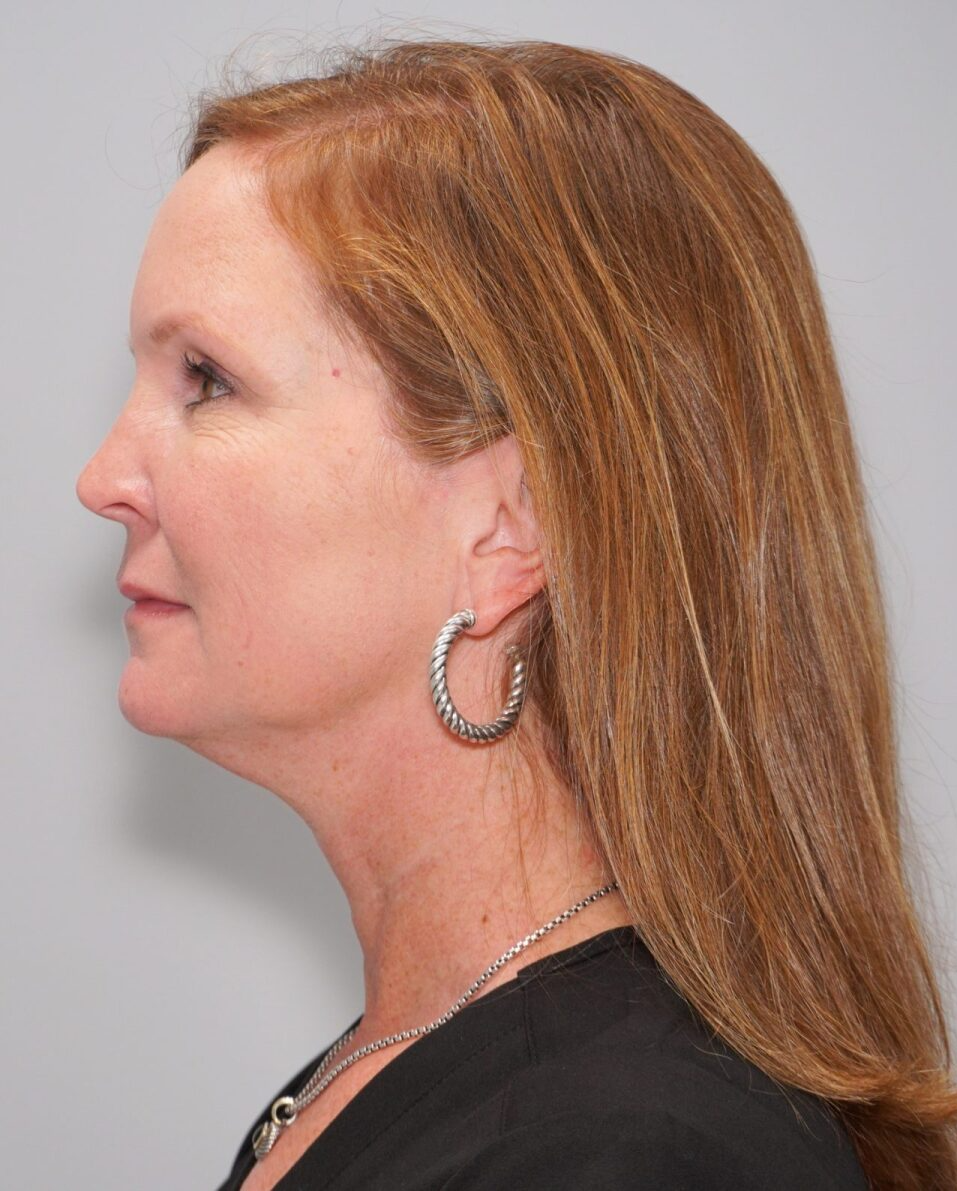
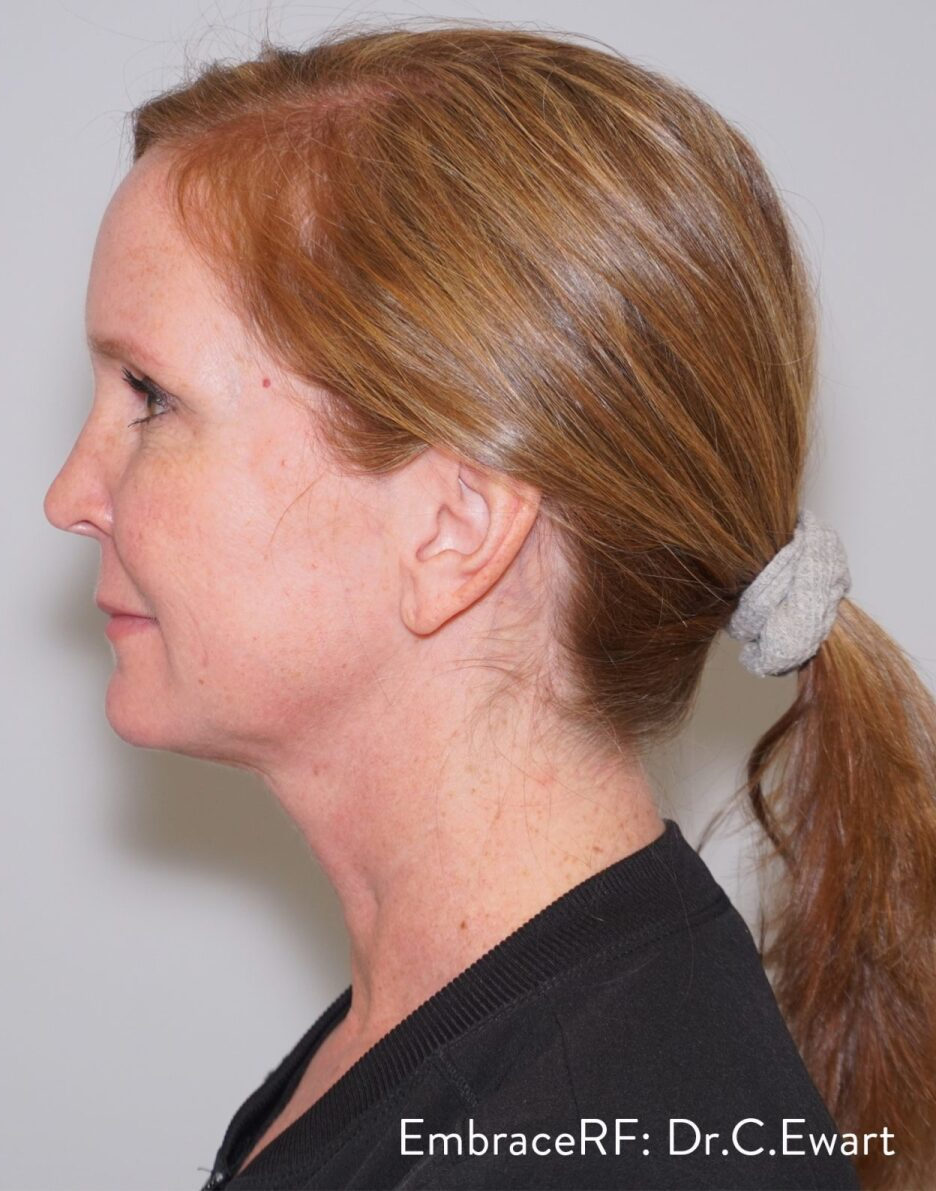
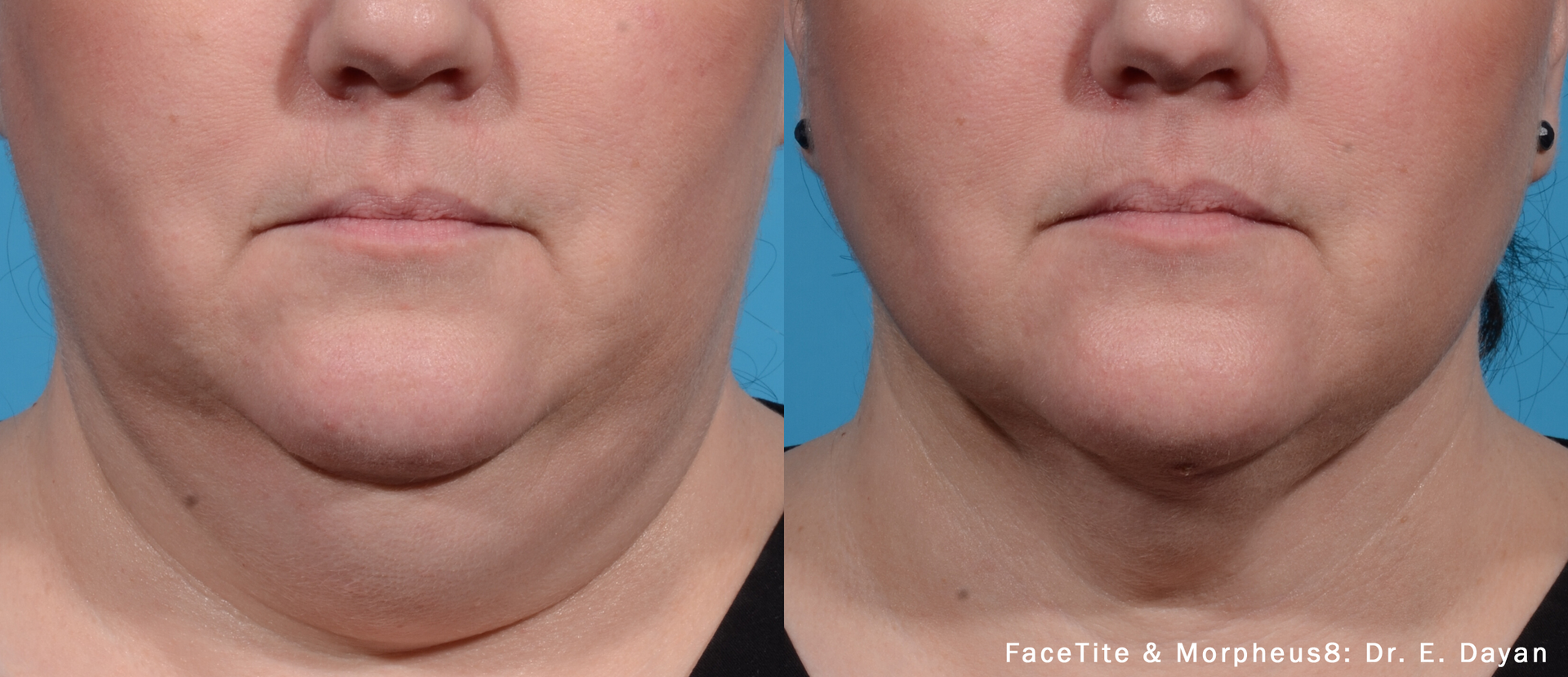
FaceTite in Action
Pre-Treatment Considerations
- Please discontinue any irritant topical agents for 2-3 days prior to treatment.
- Avoid skin irritation or intentional skin tanning. Wear sunscreen when outdoors during daylight hours.
- NO aspirin, ibuprofen or NSAID medication. This interferes with normal blood clotting.
- Discontinue all herbal medications (fish oil, multivitamin, vit-E, garlic) and nutritional supplements, etc unless specifically cleared by a doctor.
- Avoid all diet pills including prescriptions, over the counter, and herbal.
- Avoid all alcohol consumption 2 weeks prior to the procedure.
- NO smoking as cigarettes reduce the blood flow to the skin and can cause significant complications during the healing process.
- Tylenol is the ONLY pain medicine you can take 2 weeks prior to the procedure.
- Please arrive to treatment with clean skin. There should be no lotion, make-up, perfume, powder, or bath/shower oil present on the skin in the area to be treated.
- Please arrange to have a ride available to and from the procedure.
- Wear a loose-fitting, button-down shirt.
Post-Treatment Considerations
- Treatment areas will have dressings and/or a pressure garment that should be removed after 48 hours. Wear the garment for at least one week or until swelling subsides as instructed by the physician. Ideally, wear the garment for 12 hours per day for the first week.
- For wound care, let soapy water wash over the incision sites (do not scrub), then apply antibiotic ointment to the incision points twice daily for one week after initially removing the pressure garment. Do not pick at the scabs that may appear during the healing process.
- Cleanse the treated areas gently with mild soap such as Cetaphil or Cerave and water after 48 hours. Avoid drying or irritating facial products including retinol and acids (salicylic, glycolic, etc.) for 3 weeks after the procedure. Do not rub or irritate the area.
- Redness and swelling may last up to 3 weeks, and bruises may occur in some people and last 1 to 2 weeks. Some patients may experience a burning sensation, tingling, or a tightening sensation in the treatment area for up to 3 months. Limit physical activity and exposure to excessive heat (including fires) and UV light for 2 weeks.
- Sleep on several pillows or in a recliner to keep your head elevated for at least two to three days to help minimize swelling. Minimize talking and chewing for 48 hours. Follow a soft diet for the first 48 hours.
- Make-up may be applied as soon as 72 hours after the procedure to cover any redness or bruising. Avoid the incision points that may still be healing. Facial shaving should only be done with an electric razor for the first week.
- Only take prescribed pain medication or Tylenol for pain relief (not both) after your procedure, unless instructed otherwise. Do not drink alcohol for several days after the procedure, as it can negatively affect healing and cause thinning of the blood, bleeding, crusting, and/or bruising.
- Remember that it takes 3-6 months before any changes in skin tightening can be perceived, and twelve months before final results in skin tightening can be appreciated.
- If you experience any questions or experience fever, chills, drainage, discharge, or extreme discomfort, please contact our office immediately.
Eyesthetics | All Rights Reserved
Privacy Policy | Website Design by Infinity Medical Marketing
